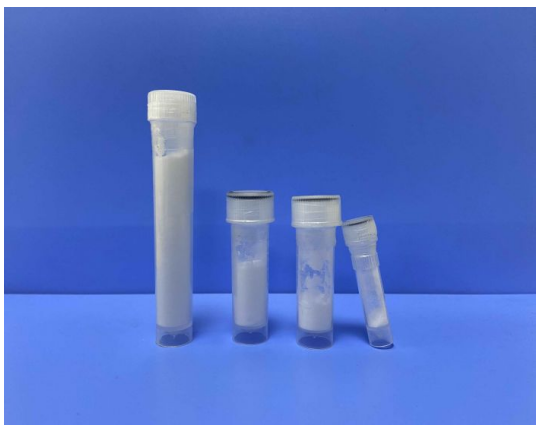β-amino acids and β-isoamino acids have related structures. In both, the amino group is attached to the second carbon atom of the acid group. The difference is the carbon skeleton. The β-amino acid has the same carbon skeleton as the α-amino acid, except that the amine group is attached to a different carbon. The carbon skeleton of the β-isoamino acid has an additional methylene group after the primary acid group.
Some products may have two names, one based on the β-amino acid nomenclature and the other based on the β-isoamino acid nomenclature. For example, β-leucine may also be called β-hypervaline.
There are very few naturally occurring β-amino acids in the peptide. The most common are β-alanine, β-phenylalanine, and β-tyrosine. β-alanine is present in the dipeptide carnosine and anserine. Carnosine cushions acid build-up in muscle and has been reported to reduce fatigue in athletes. Anserine can ameliorate memory loss in a mouse model of Alzheimer’s disease. Both dipeptides chelate metals and may have antioxidant properties. Dipeptide acetyl-glycyl-β-alanine is used commercially in skin care products to lighten skin spots.
β-phenylalanine and β-tyrosine are two other β-amino acids present in some naturally occurring peptides. Many of these peptides have interesting biological activities ranging from antibacterial to insecticidal.
β-isoamino acids are homologues of standard amino acids synthesized and prepared. Incorporation of them into the peptide helps to increase resistance to the peptidase. Therefore, β-amino acids and β-hyperamino acids have attracted attention in the development of peptide drugs.
Post time: Apr-17-2024

